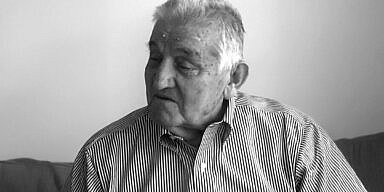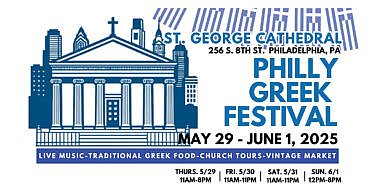Deptford, NJ – Generations of Greek-Americans assembled to recognize the Ladies Philoptochos of St. George Greek Orthodox Cathedral and the historic rectory building. What you can say about the one you can certainly say about the other. The Philoptochos and the Rectory have been integral parts of this historic church.
Many of the Philoptochos members stood by the podium for a group photo, while Father Ambrose of St. George announce them and then proceeded to thank them for their years of service. “We are indeed grateful for all they do and continue to do for the church,” said Father Ambrose. “But they do so much more, that really connects the church and community,” added Ambrose. There’s certainly no questioning that. From homeless feedings, cleaning the church, cooking and managing regular affairs, this group is the backbone that keeps the church going.
And like the Philoptochos, the historic Rectory is the brains of the church that stands tall overshadowing its little brother. “The Rectory is our office space and more. It’s the future and the past”, said event organizer John Sarkoglou. Sarkioglou is a long time member of the church and one of its biggest advocates. “This building is in need of refurbishing and direction. We want to make it a place for all to come and be part of the community.
At the moment, the Greek American Heritage Society of Philadelphia is using the 3rd floor as a living and working museum for research about the community. They are a valued asset and partner for our future. We need to make this entire building active again and bring in new members to use it”, added Sarkioglou. That sentiment was echoed by the Heritage and academic leaders that addressed the crowd. Tom Papademetriou of Stockton College and Kostis Kourelis from Franklin & Marshall College described the important role St. George Cathedral. It is a historic center for the Greek community, and a location documents and photographs can be recorded. Members of the community can do research about the area’s Greeks, and its beginnings.
The annual event is hosted each year to help preserve and restore the Greek communities most historic and beautiful Greek Revival style church. Built in 1822, it plays a role as a historic site for the city as well as the Greek community that attained the building in 1922, some 100 years after it was originally constructed. With its future in the hands of the archdioceses, it’s still unclear and in question what path the church will take.
























